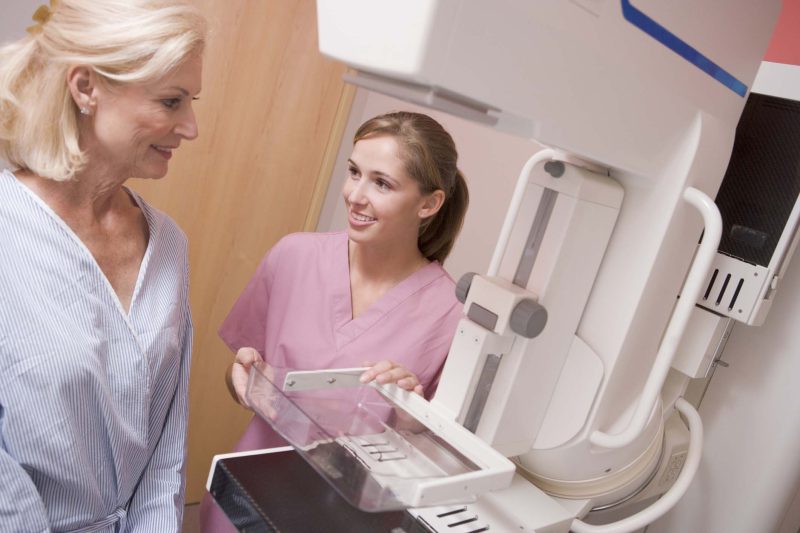While the majority of women who get their annual mammograms will receive normal results, approximately 10 percent will be told that the radiologist found something abnormal.
This does not necessarily mean you have cancer. An abnormal mammogram usually means that follow-up testing is needed to determine if cancer is present.
What can cause an abnormal mammogram?
There are three common reasons the results of a mammogram may be abnormal:
- The images were not clear or did not show every angle of your breast tissue and need to be retaken.
- The radiologist may see an area that simply looks different from other parts of the breast since every woman’s breast tissue is different and each woman’s tissue changes over time.
- The radiologist sees something suspicious, such as a lump or a calcification.
“Masses or lumps can take different forms,” said Suzanne Iorfido, DO, chief of breast imaging at Penn Highlands Healthcare.
“These include cysts, which are fluid-filled sacs that are typically benign; fibroadenomas, which are benign solid tumors that usually do not require removal unless they cause discomfort; or cancer, which are malignant solid tumors that need treatment.
“Small calcium deposits in the breast tissue, called calcifications, are another reason a mammogram might be abnormal. They become more common with age and are usually benign, but they can sometimes be present in cancer cells during the early stages of development.”
What does follow-up testing look like?
Your healthcare provider will likely perform a diagnostic mammogram, which is different from the first mammogram you had. A diagnostic mammogram involves taking more images to closely examine any areas of concern.
A radiologist will guide the technologist operating the mammogram machine to ensure all necessary images are captured.
Additionally, you may undergo another imaging test, such as a breast ultrasound, which uses sound waves to create detailed pictures of the area in question.
The results of these tests will determine whether the suspicious area is harmless and you can resume your regular mammogram schedule.
If the results indicate that the area is likely benign, your provider may recommend that you schedule your next imaging test sooner than usual. If there is a possibility that the area could be cancerous, a biopsy will be necessary to confirm.
How often is cancer found during follow-up testing?
Most follow-up tests reveal benign conditions. In fact, approximately 2 percent of women with an abnormal mammogram will need a biopsy, and the majority of these biopsies will find no evidence of cancer.
If you do need a biopsy, a small sample of your breast tissue will be taken and examined under a microscope to check for cancer. There are different types of breast biopsies.
The type of biopsy will depend on factors such as how suspicious the area appears, its size and location in the breast, any other medical conditions you may have and your personal preferences.
Penn Highlands Healthcare offers traditional 2D and 3D mammography throughout Pennsylvania. In addition, if something shows up on a mammogram that does not look right, Penn Highlands Healthcare offers breast ultrasound, MRI, and stereotactic breast biopsies where a doctor removes a small sampling of breast tissue to provide a diagnosis.
To learn more, visit www.phhealthcare.org/pink.
